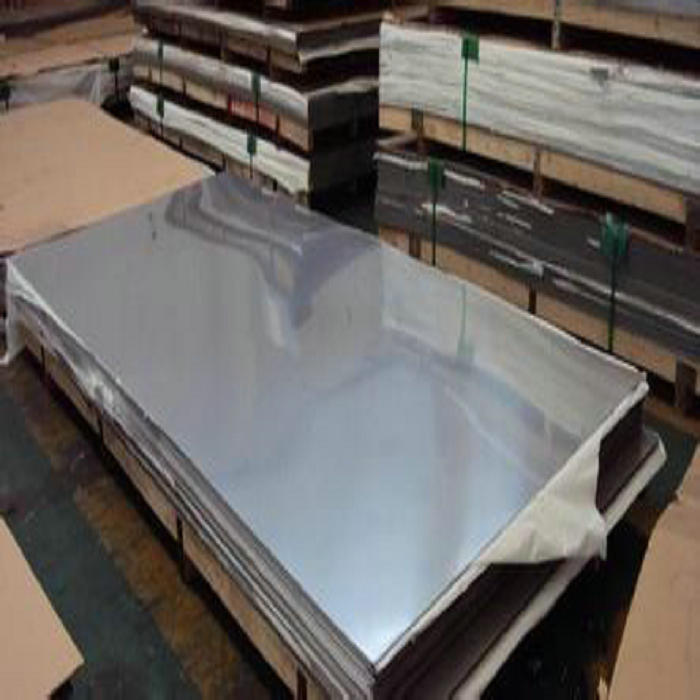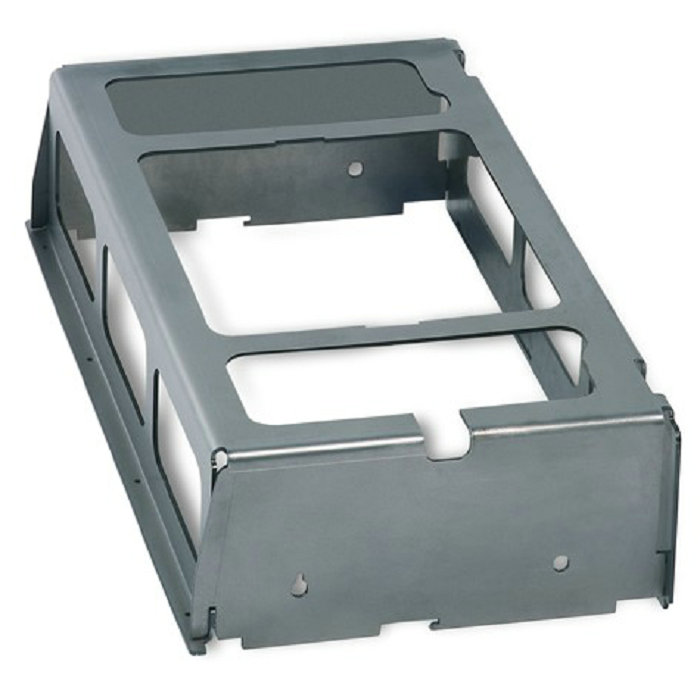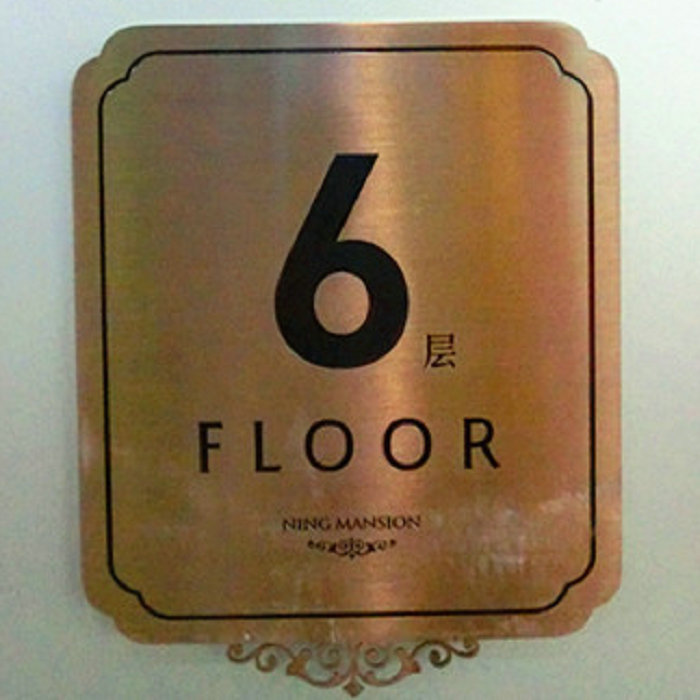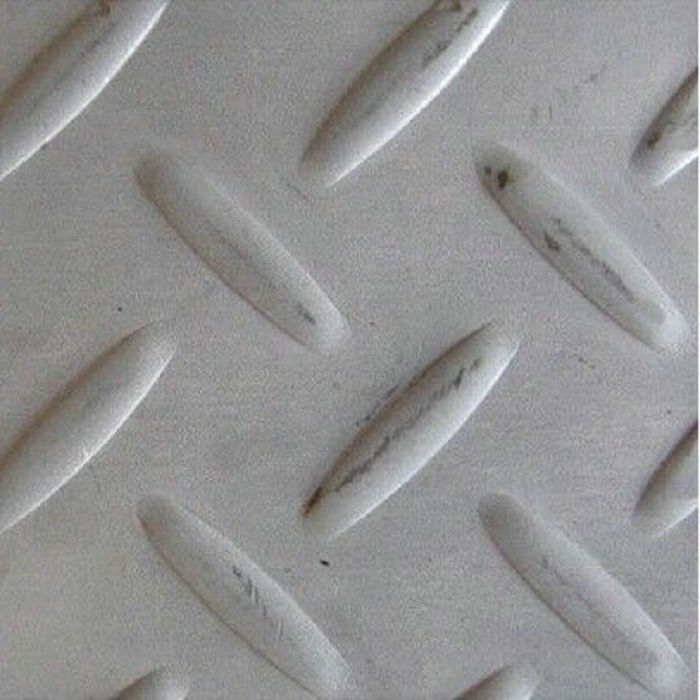Description
Stainless Steel Plate Sheet Panels Mats Deck Media Machining
The Surface Of Stainless Steel Plate Is Smooth, With High Plasticity, Toughness And Mechanical Strength. It Is Resistant To Corrosion Of Acid, Alkaline Gas, Solution And Other Media. It Is An Alloy Steel Which Is Not Easy To Rust, But Not Absolutely Rusty. Stainless Steel Plate Refers To The Steel Plate Which Is Resistant To The Corrosion Of Weak Medium Such As Atmosphere, Steam And Water, While Acid-Resistant Steel Plate Refers To The Steel Plate Which Is Resistant To The Corrosion Of Chemical Corrosion Medium Such As Acid, Alkali And Salt. Stainless Steel Sheet Has a History Of More Than One Century Since Its Appearance In The Early 20th Century.
1, Dust Containing Other Metal Elements Or Adhesives Of Different Metal Particles Are Deposited On The Surface Of Stainless Steel.
In Humid Air, The Condensed Water Between The Attachment And Stainless Steel Connects Them Into a Micro-Cell, Which Leads To Electrochemical Reaction, And The Protective Film Is Damaged. It Is Called Electrochemical Corrosion.
2, The Surface Of Stainless Steel Is Adhered With Organic Juice (Such As Melon, Vegetable, Noodle Soup, Phlegm, Etc.). Under The Condition Of Water And Oxygen, Organic Acid Is Formed, While Organic Acid Corrodes The Metal Surface For a Long Time.
3, The Adherence Of Stainless Steel Surface Contains Acid, Alkali And Salts (Such As Alkali Water And Lime Water Splashing On Decoration Walls), Which Causes Local Corrosion.
4, In Polluted Air (Such As Atmosphere Containing Large Amounts Of Sulfide, Carbon Dioxide And Nitric Oxide), Sulfuric Acid, Nitric Acid And Acetic Acid Are Formed In The Presence Of Condensate, Which Causes Chemical Corrosion.
The Above Conditions Can Cause The Destruction Of The Protective Film On The Surface Of Stainless Steel And Lead To Corrosion. The Corrosion Resistance Of Stainless Steel Mainly Depends On Its Alloy Composition (Chromium, Nickel, Titanium, Silicon, Aluminium, Manganese, Etc.) And Internal Structure.
According To The Structure Characteristics Of Steel Grades, Hot Rolling And Cold Rolling Can Be Divided Into Five Types: Austenite Type, Austenite-Ferrite Type, Ferrite Type, Martensite Type And Precipitation Hardening Type.
The Surface Of Stainless Steel Plate Is Smooth, With High Plasticity, Toughness And Mechanical Strength. It Can Resist The Corrosion Of Acid, Alkaline Gas, Solution And Other Media. It Is An Alloy Steel Which Is Not Easy To Rust, But Not Absolutely Rusty.
316 Stainless Steel Plate: Thickness (m m) x Width (m) x Length (m) x Density
430 Stainless Steel Plate: Thickness (m m) x Width (m) x Length (m) x Density



